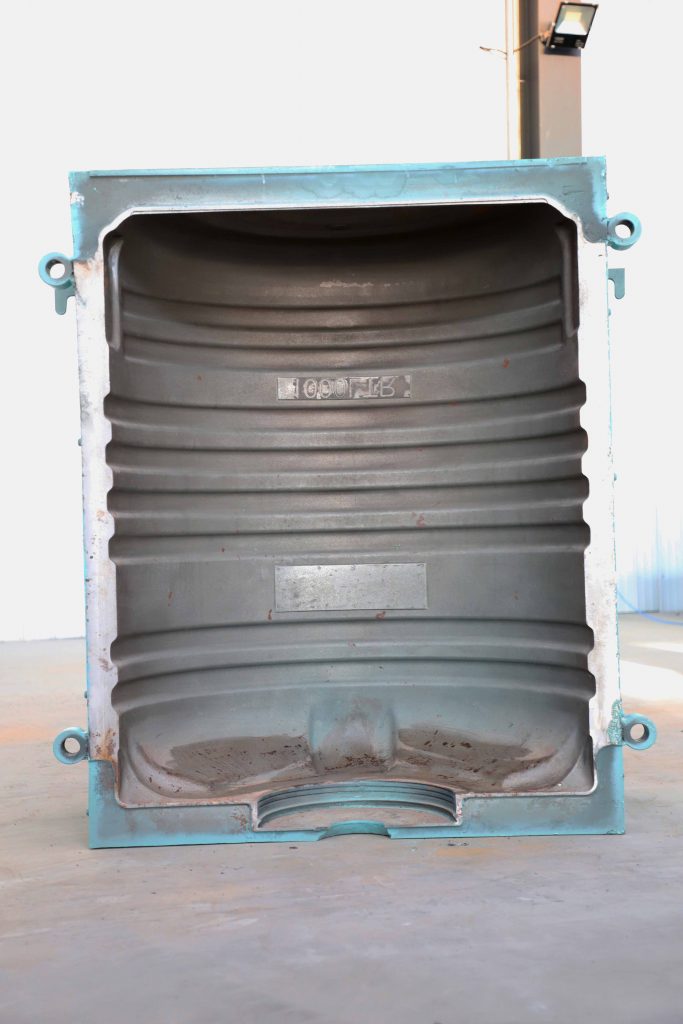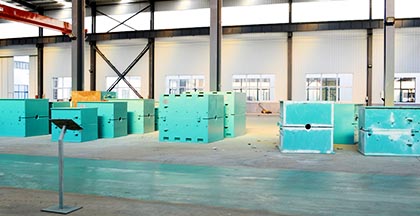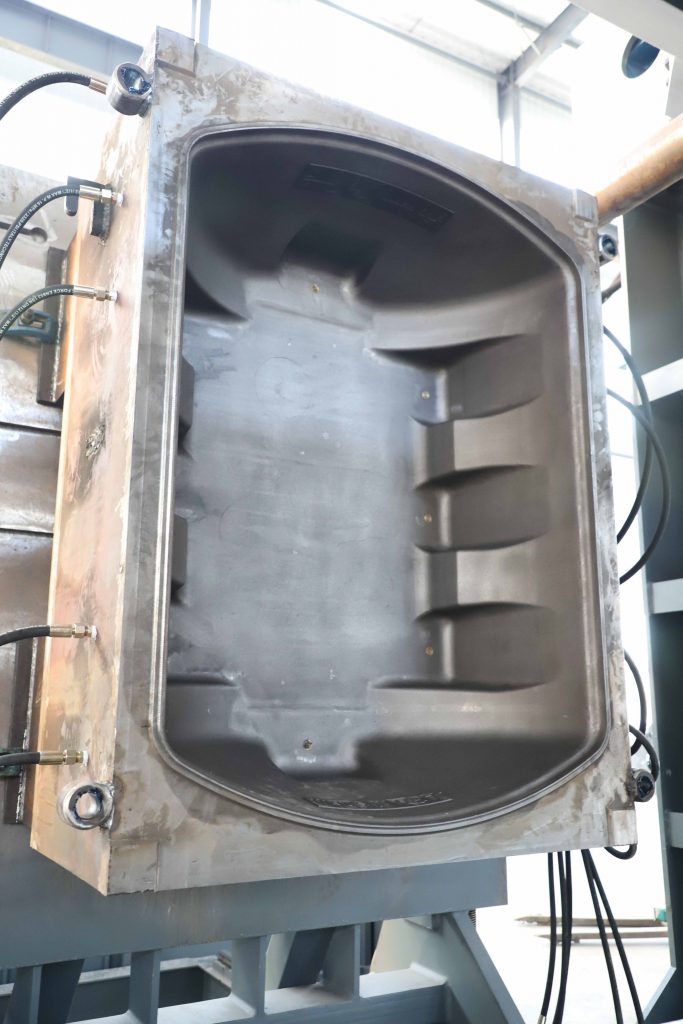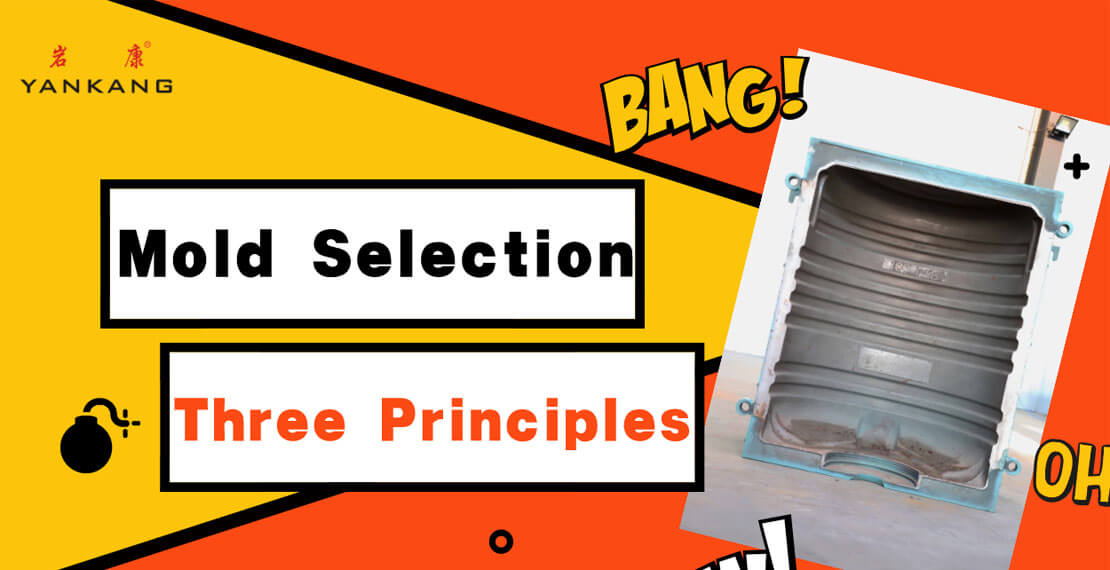Mold, industrial production of various molds and tools for injection molding, blow molding, extrusion, die casting or forging, smelting, stamping, etc. to obtain the desired product. In short, a mold is a tool used to make shaped articles. This tool consists of various parts, and different molds are made up of different parts. It mainly realizes the processing of the shape of the article by changing the physical state of the formed material. Known as the “mother of industry” title.
The mold has a specific contour or cavity shape, and the application of the contour shape with the cutting edge allows the blank to be separated (punched) in the shape of the contour. Applying the inner cavity shape allows the blank to obtain a corresponding three-dimensional shape. The mold generally includes two parts, a movable mold and a fixed mold (or a convex mold and a concave mold), which can be divided and combined. When the parts are separated, the parts are taken out, and when the pieces are closed, the blanks are injected into the mold cavity to form.
The mold is a precision tool with complex shape and bearing the expansion force of the blank. It has high requirements for structural strength, stiffness, surface hardness, surface roughness, and processing accuracy. The development level of mold production is one of the important signs of the level of mechanical manufacturing.
Mold selection is a very important part of the entire mold making process.
What kind of principle should be followed in the selection of molds?
The mold selection needs to meet three principles.
The mold meets the work requirements for wear resistance, toughness, etc. The mold meets the process requirements, and the mold should meet the economic applicability.
(1) The mold meets the working conditions
1.wear resistance
When the blank is plastically denatured in the mold cavity, it flows and slides along the surface of the cavity, causing severe friction between the surface of the cavity and the blank, which causes the mold to fail due to wear. Therefore, the wear resistance of the material is one of the most basic and important properties of the mold.
Hardness is a major factor affecting wear resistance. In general, the higher the hardness of the mold part, the smaller the wear amount, and the better the wear resistance. In addition, the wear resistance is also related to the type, quantity, shape, size, and distribution of carbides in the material.
2.toughness
Most of the working conditions of the mold are very bad, and some often suffer from a large impact load, resulting in brittle fracture. In order to prevent the mold parts from suddenly breaking during work, the mold must have high strength and toughness.
The toughness of the mold depends mainly on the carbon content, grain size, and microstructure of the material.
3.fatigue fracture performance
During the working process of the mold, under the long-term action of the cyclic stress, fatigue fracture is often caused. The form has small energy multiple impact fatigue fracture, tensile fatigue fracture contact fatigue fracture, and bending fatigue fracture.
The fatigue fracture properties of the mold depend mainly on its strength, toughness, hardness, and the number of inclusions in the material.
4.high temperature performance
When the working temperature of the mold is higher, the hardness and strength will be lowered, resulting in early wear of the mold or plastic deformation and failure. Because the mold material should have high anti-tempering stability, to ensure that the mold has high hardness and strength at working temperature.

5.resistance to cold and heat fatigue
Some molds are in a state of repeated heating and cooling during the working process, causing the surface of the cavity to be subjected to tensile and pressure-induced stress, causing surface cracking and spalling increasing friction, impeding plastic deformation, and reducing dimensional accuracy, thereby resulting in The mold failed. Hot and cold fatigue is one of the main forms of hot work die failure, and it should have high resistance to cold and heat fatigue.
6.corrosion resistance
Some molds, such as plastic molds, work in the plastic, due to the presence of chlorine, fluorine and other elements in the plastic, after the heat is analyzed, such as hci, hf, and other strong aggressive gases, eroding the surface of the mold cavity, increase its surface roughness, and aggravate wear and tear.
(2) The mold meets the process performance requirements
Mold manufacturing generally involves several processes such as forging, cutting, and heat treatment. In order to ensure the quality of the mold and reduce the production cost, the material should have good forge ability, machinability, hardenability, hardenability, and grind ability; it should also have small oxidation, decarburization sensitivity, and quenching. Deformation cracking tendency.
1.Foreseeability
It has low hot forging deformation resistance, good plasticity, wide forging temperature range, the low tendency for forging cracking, and precipitation of reticulated carbides.
2.nnealing processability
The spheroidizing annealing temperature range is wide, the annealing hardness is low, the fluctuation range is small, and the spheroidization rate is high.
3.cutting processability
The large cutting amount, low tool loss, and low surface roughness.
4.oxidation, decarburization sensitivity
When heated at high temperature, the anti-oxidation energy is good, the decarburization speed is slow, and it is not sensitive to the heating medium, and the tendency to produce pitting is small.
5.hardenability
Uniform and high surface hardness after quenching.
6.hardenability
After quenching, a deep hardened layer can be obtained, which can be hardened with a mild quenching medium.
7.quenching deformation cracking tendency
The conventional quenching volume change is small, the shape is warped, the distortion is slight, and the abnormal deformation tendency is low. Conventional quenching cracking has low sensitivity and is not sensitive to quenching temperature and workpiece shape.
8.grindability
The relative loss of the grinding wheel is small, the amount of grinding without the limit of grinding is large, and it is not sensitive to the quality of the grinding wheel and the cooling condition, and it is not easy to cause abrasion and grinding crack.
(3) The mold meets the economic requirements
In the selection of the mold, the principle of the economy must be considered to reduce the manufacturing cost as much as possible. Therefore, under the premise of satisfying the performance of use, firstly, the price is lower, carbon steel can be used without alloy steel, and domestic materials can be used without imported materials. In addition, the production and supply of the market should also be considered when selecting materials. The selected steel grades should be as small and concentrated as possible, and easy to purchase.
Our mold can range from 100L to 20000L.
The company can design plastic blow molding molds according to customer requirements, including vertical and horizontal molds of various capacities, various types of plastic pallet molds, road barrier molds of different sizes, IBC tank molds, floating Tank molds and so on.

